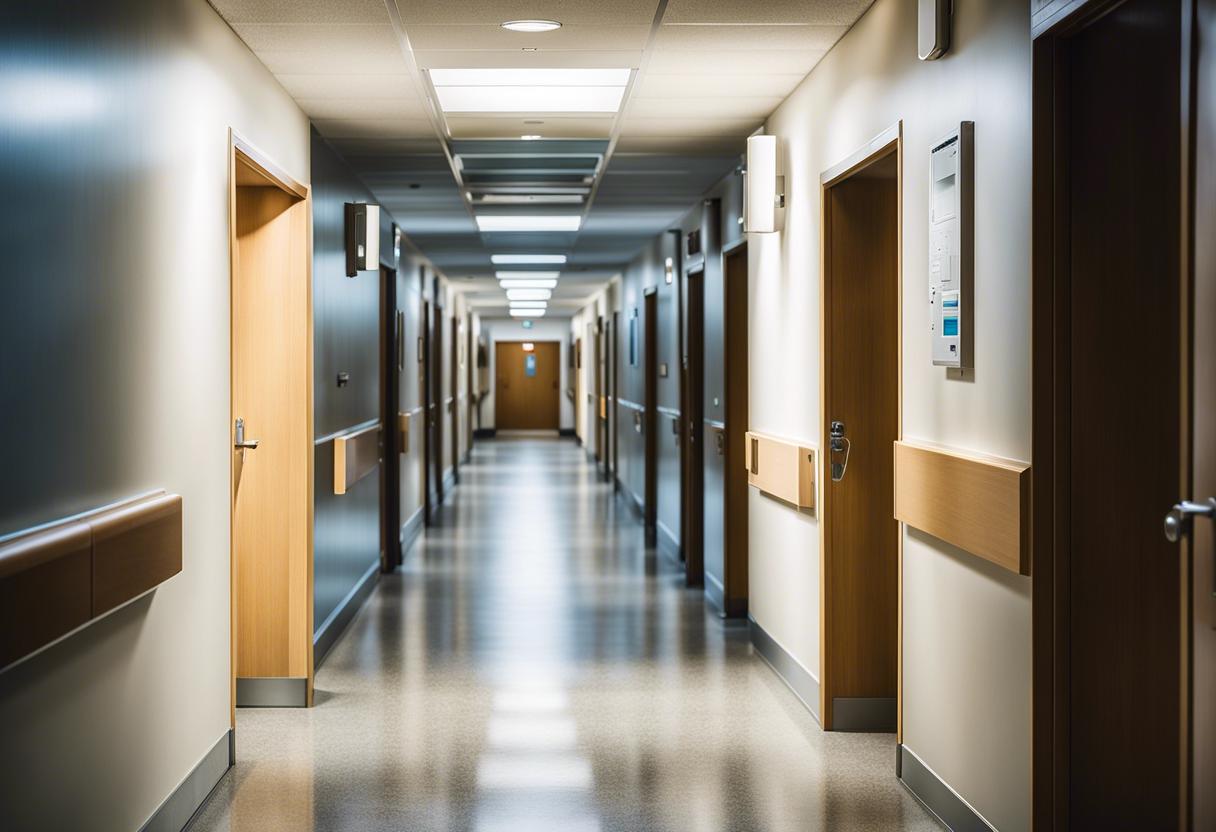University Hospital Limerick (UHL) has faced significant burdens in recent years, as it is continuously swamped with patients requiring emergency care. The Irish Nurses and Midwives’ Organisation’s trolley watch reveals it consistently experiences the largest daily influx of patients, making it the most congested hospital in Ireland last year.
In 2022, the Health Information and Quality Authority (Hiqa) uncovered the extent of ongoing overcrowding and severe shortages of nurses and beds, leaving the emergency department to manage twice the patient load it was built to withstand. A subsequent report from January 2023 indicated that substantial threats to patient safety persisted.
These inadequate conditions led to a fatal incident involving a 16-year-old girl, Aoife Johnston, which exposed the grave overcrowding issues during her inquest at the local coroner’s court. Aoife arrived at the hospital on the evening of December 17th, 2022, but was not seen until 7.15 pm that same night, and she waited around fifteen hours to receive necessary antibiotics for her suspected sepsis.
Despite being categorised as a priority patient that should have received medical attention within a span of 10 to 15 minutes, as the inquest revealed, she was given antibiotics far too late.
The fatal delay in Aoife Johnston’s treatment was attributed to chronic issues of overcrowding and understaffing primarily. Dr Leandri Card, a Senior House Officer on duty the night of Aoife’s demise, was left to tackle 191 patients on her own in a department she equated to a “warzone,” with every available space occupied by patients.
On Wednesday, Dr. Patrick Stapleton, a microbiologist consultant at UHL, told the Limerick Coroner’s Court that the failure to administer timely antibiotics likely prevented the “different and optimal” outcome in Johnston’s case.
Dr James Gray, an emergency consultant who was on duty during the weekend of Johnston’s demise, categorised the department as akin to a deadly snare, and held that she was beyond rescue. The testimonies offered to the coroner during the inquiry served as a condemnation of the healthcare system, demonstrating a dysfunctional mode of operation.
The passing of Aoife Johnston is among several disquieting instances at the institution in recent history. The year 2019 witnessed the untimely death of Eve Cleary, a 21-year-old who succumbed to a pulmonary embolism after a 17-hour wait on a hospital trolley. Furthermore, two other tragic instances occurred this year; a second female teenager passed away at UHL, and an investigation ensued after the sudden passing of a 33-year-old expectant mother in February.
Frank Clarke, a former chief justice, is in the process of drafting a report on the particulars of Johnston’s unfortunate passing, expected to be completed by the end of May. The report will elucidate the factors at UHL that culminated in the catastrophe. Her inquest also reveals precious information about the experience of both patients and employees at the healthcare facility.
Activists have persistently asserted that the problems at UHL are the ripple effects of closing down the emergency departments at St John’s in Limerick City, Nenagh and Ennis without a prior increase in UHL’s capacity. The Government, however, claims to have taken strides to enhance the care offered at the hospital. Taoiseach Simon Harris informed the Dáil this week that a commendable 42% surge in staff strength had been effected since 2019, equivalent to an addition of 1,100 personnel. The hospital’s budget had also received a 44% boost, he claimed.
Despite these advancements, the situation remains far from ideal. Johnston’s parents had assured her that she was in the most suitable place during her illness, a statement that was later proven tragically incorrect. To guarantee top-notch care to each patient, issues regarding sufficient capacity, availability of consultants and overall manpower still require attention.

